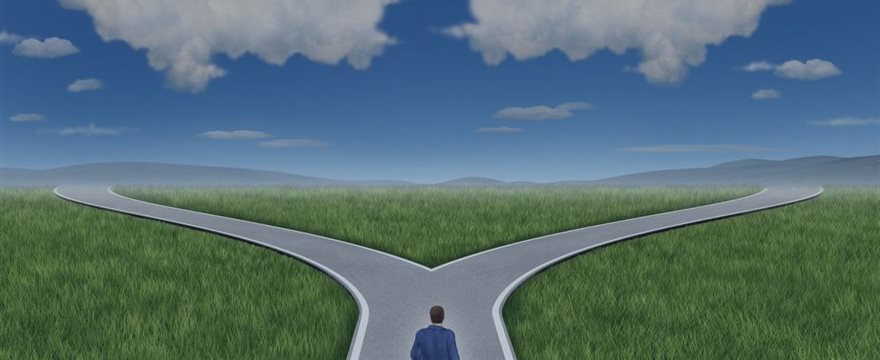
VIDEO LESSON: The Business Cycle and Fiscal Policy - What Traders Know
5 September 2014, 12:11
0
215
A lesson on the business cycle and how the government uses fiscal policy
to try and keep growth going and inflation in check and what this means
for traders of the stock, futures, and forex markets.
Fiscal policy can be defined for our purposes very simply as anything relating to government spending and taxation. Before looking at the fiscal policy role of government in trying to influence the economy, one must first have an understanding of the business cycle. For a number of reasons which are widely debated the economy goes through repeated periods of growth and contraction over time which can be broken down into the following phases.
1. A Contraction where economic activity and growth slows and can turn negative
2. Trough where the economy stops contracting and a new expansion begins
3. An Expansion or the speeding up of economic growth.
4. A Peak where the growth of the economy maxes out and begins to turn downward
We could spend many months going over and debating why this is but for our purposes it is simply important to understand that, while the timing and length of each of these phases has varied widely, the above pattern repeats itself over and over again throughout history. This is important for us as traders to understand as different phases of the business cycle and changes in peoples forecasts of where the economy is in those cycles is arguably the greatest factor which effects the price level of every market.
Fiscal policy can be defined for our purposes very simply as anything relating to government spending and taxation. Before looking at the fiscal policy role of government in trying to influence the economy, one must first have an understanding of the business cycle. For a number of reasons which are widely debated the economy goes through repeated periods of growth and contraction over time which can be broken down into the following phases.
1. A Contraction where economic activity and growth slows and can turn negative
2. Trough where the economy stops contracting and a new expansion begins
3. An Expansion or the speeding up of economic growth.
4. A Peak where the growth of the economy maxes out and begins to turn downward
We could spend many months going over and debating why this is but for our purposes it is simply important to understand that, while the timing and length of each of these phases has varied widely, the above pattern repeats itself over and over again throughout history. This is important for us as traders to understand as different phases of the business cycle and changes in peoples forecasts of where the economy is in those cycles is arguably the greatest factor which effects the price level of every market.
Prior to the great depression the US Government had a pretty hands off
approach in regards to the business cycle. Since the great depression
however the government has played a much more active role in the economy
with its stated goals being to act to facilitate full employment and
price stability. To help understand these goals and the balancing act
that goes on between them as they often conflict, lets look at how each
relates to the different phases of the business cycle.


